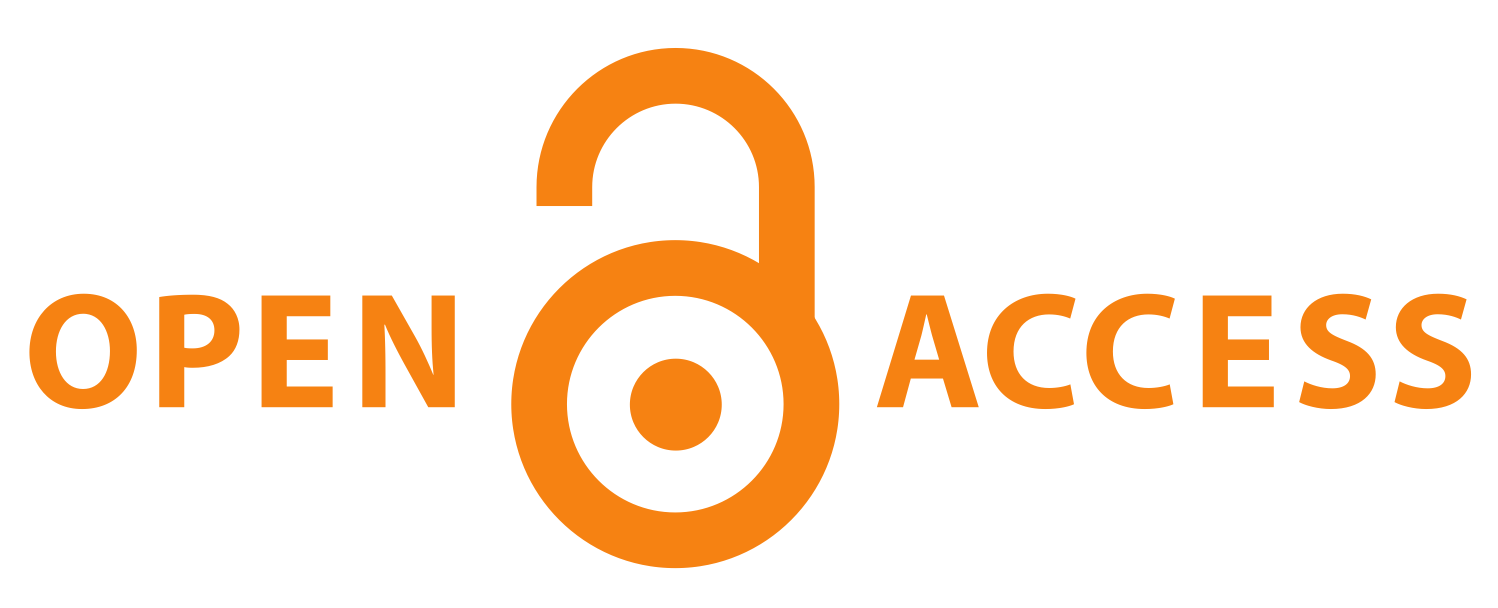SciComm Corner – Lessons learnt from COVID 19: The impact of science communication on public health
 Article written by A Pincham
Article written by A Pincham
As researchers develop a deeper understanding of the needs of our bodies, that knowledge must be shared and implemented within our communities to improve public health.
In many parts of the world, free healthcare providers are overstretched and under-funded due to high demand. This strain on services could be alleviated by preventative healthcare measures, which are usually cheaper and more effective alternatives to treatment. Many illnesses can be triggered or worsened by lifestyle related factors, for example diabetes, poor mental health, and obesity (which alone costs the National Health Service in the UK an enormous £6 billion annually).
Successful public messaging could reduce harmful behaviours such as smoking, and drug and alcohol misuse, and encourage healthier decisions, like regular exercise and a balanced diet, thereby improving wellbeing. Doing so would also reduce the pressure on healthcare services, improving the level of care available for treating other diseases, and further improving life expectancy and the standard of living.
The importance of minimising the demands on our healthcare services has never been more apparent than during the COVID 19 pandemic, where hospitals globally were stretched to their absolute capacity treating those who became unwell after contracting the virus. Communication of the science behind social distancing and wearing face masks as measures of preventing and managing the spread of the virus, and the importance of getting vaccinated, therefore became one of the most critical defences against the spread and impact of the pandemic.
Because of this, appropriate and effective science communication had never been of greater consequence or so in the spotlight, making the global response to the pandemic a useful case study when analysing the successes and failings of science communicators when it comes to health messaging.

Barriers to effective communication
The response to the information spread by scientists, governments, and the WHO in response to COVID was mixed. While many rallied, following advice from official sources, others responded with opposition and distrust. This was exemplified by the ‘anti-vax’ community who argued against vaccination, mask wearing and social distancing, based on unfounded beliefs ranging in severity from ‘this will all blow over’ to ‘the entire pandemic is a malicious hoax’. So, what went wrong?
As science and technology advance, the complexity of healthcare increases, often leading to increased difficulty in communicating research to patients. People are far less likely to follow advice that they do not understand, and alternative explanations may offer simpler solutions which despite being inaccurate make more intuitive sense.
This is particularly true in the age of the internet. These days patients mostly google their symptoms and come to personal conclusions about their health, visiting doctors only to verify their suspicions and receive treatment. But the validity of advice online is often questionable, since the internet is littered with sights suggesting unproven home remedies, and personal testimonies which document extremely rare cases. With so much access to information from a huge variety of global sources, individuals often ‘do their own research’ rather than blindly accepting the advice of experts – problematic if information from every angle is considered with equal weight.

Best practice
The solutions to these problems are inevitably complex. If the public is to gain a greater understanding of their health, trust in official channels of information must be developed and maintained. Without detangling the complex social and cultural factors preventing successful health messaging, there are certainly methods of best practice.
Firstly, it is important that communicators recognise that increasing awareness of the facts alone is unlikely to have an impact on the lifestyle choices of individuals. It is also essential that the tone of their communication is respectful, avoiding the stigmatisation of individuals or groups affected by diseases that have lifestyle factors.
People don’t want to feel as though they are being blamed for their illnesses and will not be likely to engage with materials which give them that impression. Unsympathetic messaging can therefore evoke an avoidant response instead of sparking a resolution to change ingrained behaviours.
Another crucial factor to maintaining trust in science is that the impact and statistical significance of research is not overstated. Health, like all areas of science, is constantly evolving and therefore recommendations from medical professionals develop in response. When the certainty of recommendations is exaggerated, and then later revoked, this can harbour suspicion about the scientific process as a whole. This was certainly the case in the early days of the COVID response, where advice was constantly shifting as more information was gained.
It is also recommended that communications include links to original studies, and additional resources from credible webpages to demonstrate the validity of the ideas being discussed. This sets trustworthy sources of information apart from unfounded claims which might be found elsewhere.
Finally, science communication about all things, but particularly health messaging, should be clear, concise, and engaging. By avoiding technical language, defining jargon, and using images, accessibility of resources designed to communicate science is increased, and impact is maximised.
ABOUT SCICOMM CORNER
As well as bringing you the latest science through our publication, we also like to share our opinions and insights about the world of science communication. Here we provide practical guidance for scientists and science communicators who desire to communicate science to a broader audience in an effective and engaging manner.
All posts are brought to you by the Scientia team and invited guest bloggers. If you would like to get involved and share your opinion in SciComm Corner then get in touch, we’d love to hear from you: info@sciencediffusion.com
Creative Commons Licence
(CC BY 4.0)
This work is licensed under a Creative Commons Attribution 4.0 International License. 
What does this mean?
Share: You can copy and redistribute the material in any medium or format
Adapt: You can change, and build upon the material for any purpose, even commercially.
Credit: You must give appropriate credit, provide a link to the license, and indicate if changes were made.

Open access vs Public access the case for democratic outreach in academic communication
While the move towards open access and its benefit to the wider scientific community is laudable, it comes at a cost—a cost, like most publishing costs in academia, that is ultimately funded by the general public. In 2023, approximately 45% of academic papers were published as open access. This figure represents a continuation of the growth trend seen in open access publishing over the past decade. This figure is based on all OA models: fully open access (gold), green (self-archived), bronze (free to read without a clear license), and hybrid models. Approximately $2.25 billion of public funds were spent to make those academic papers open access.
